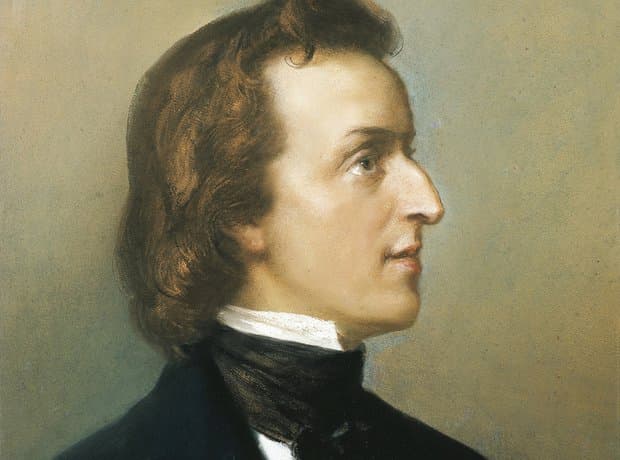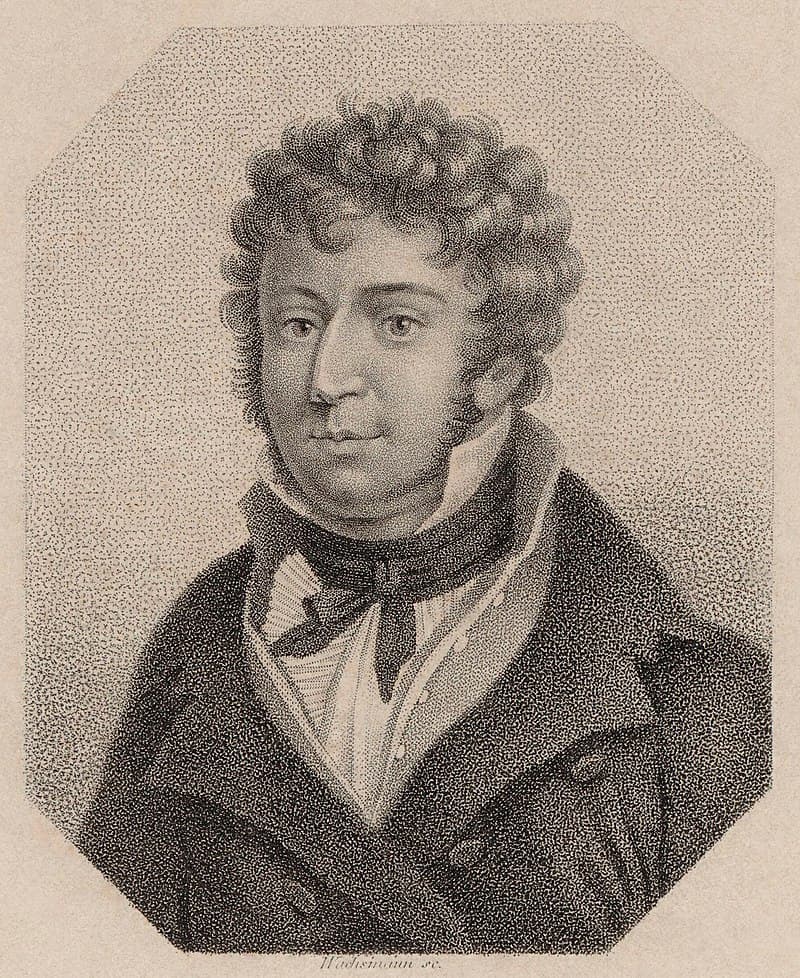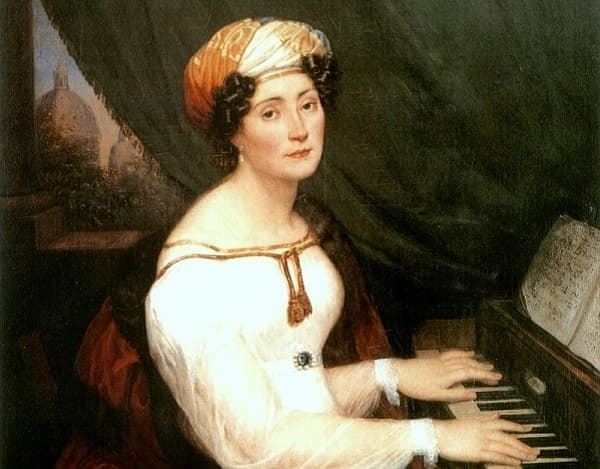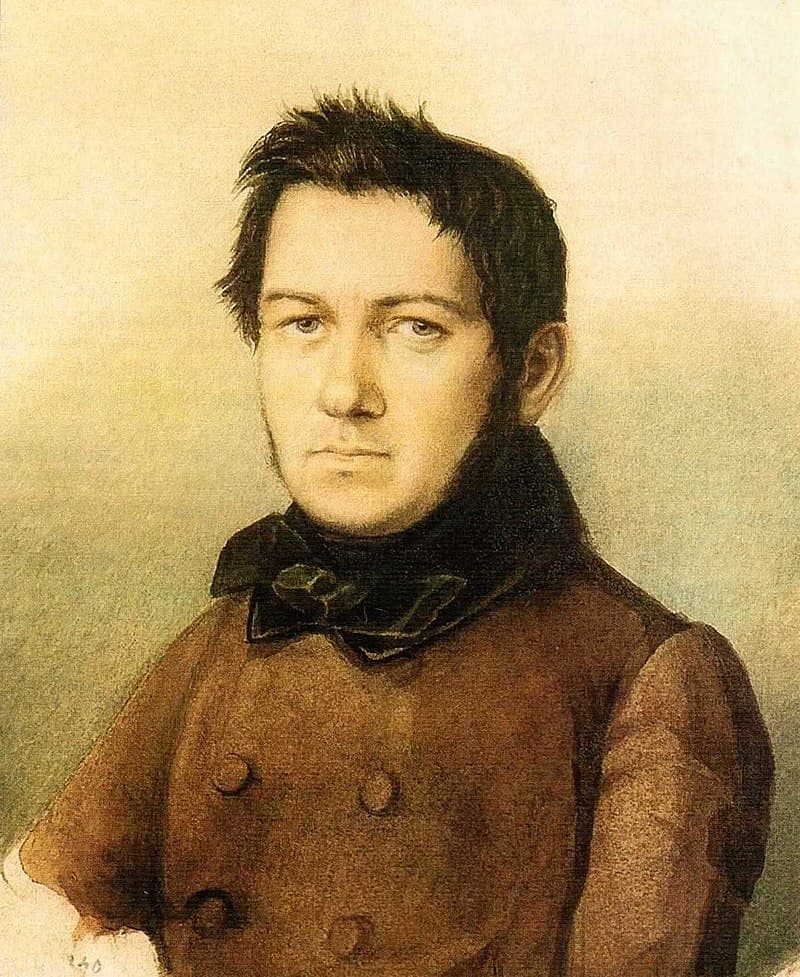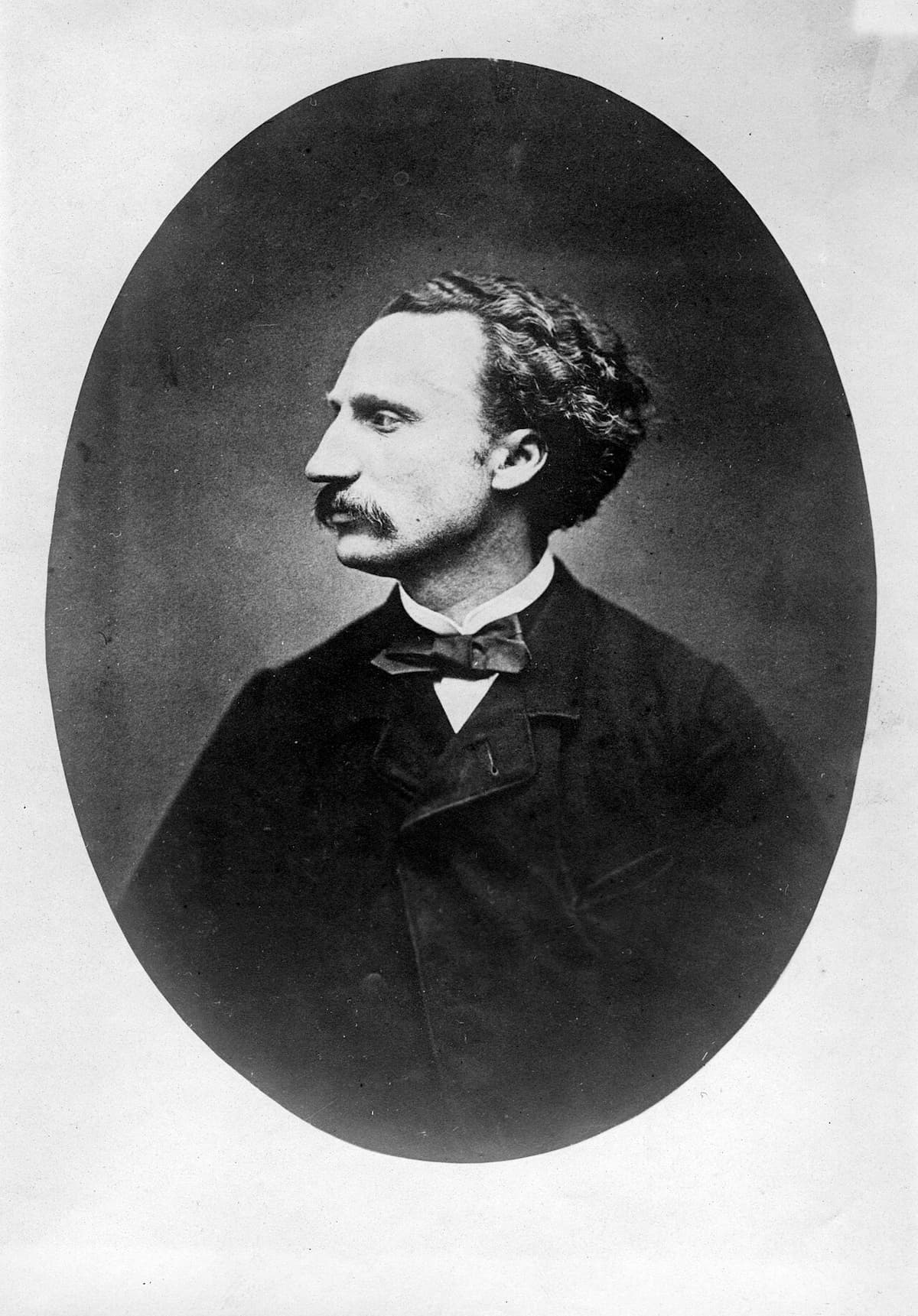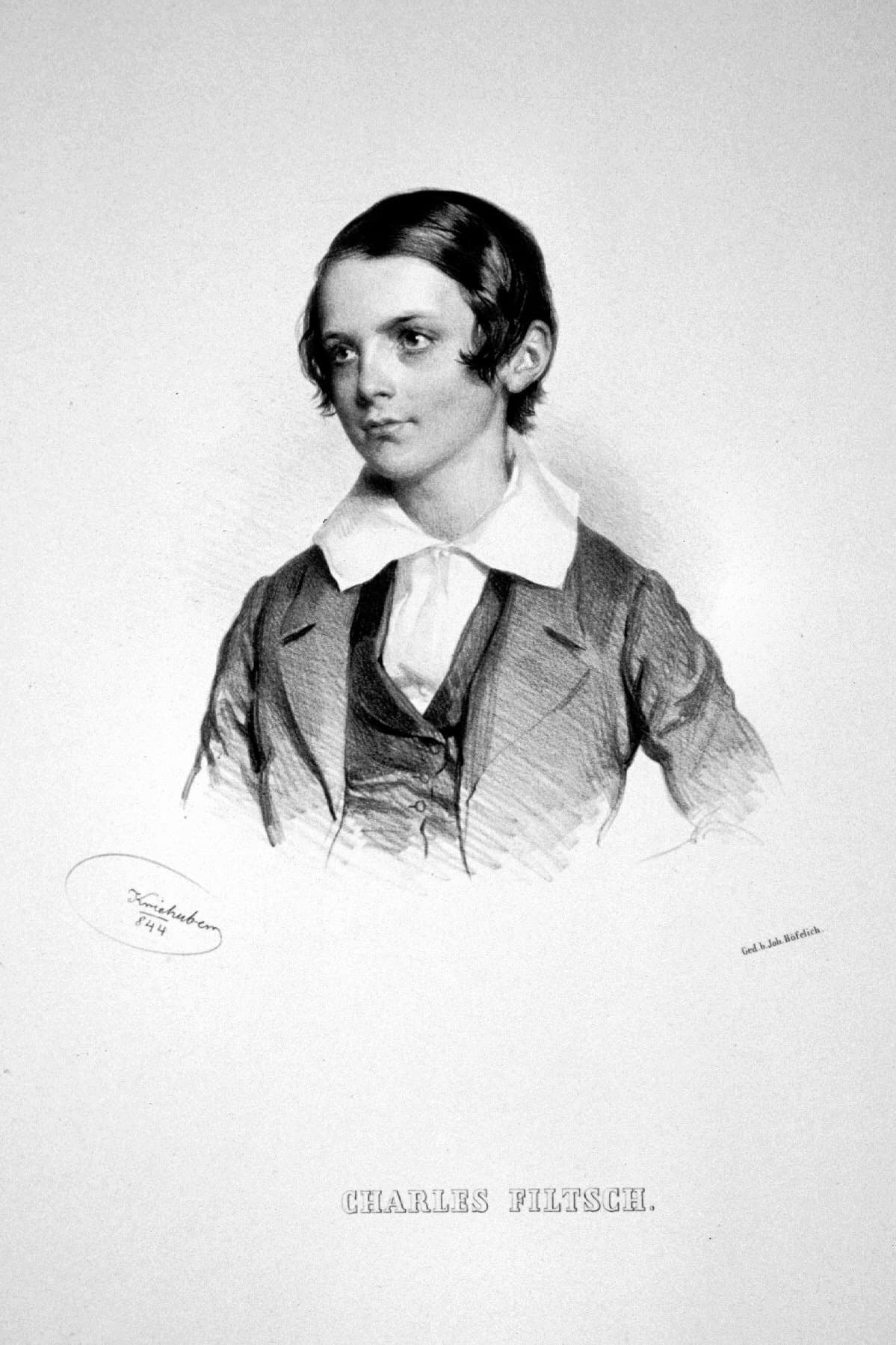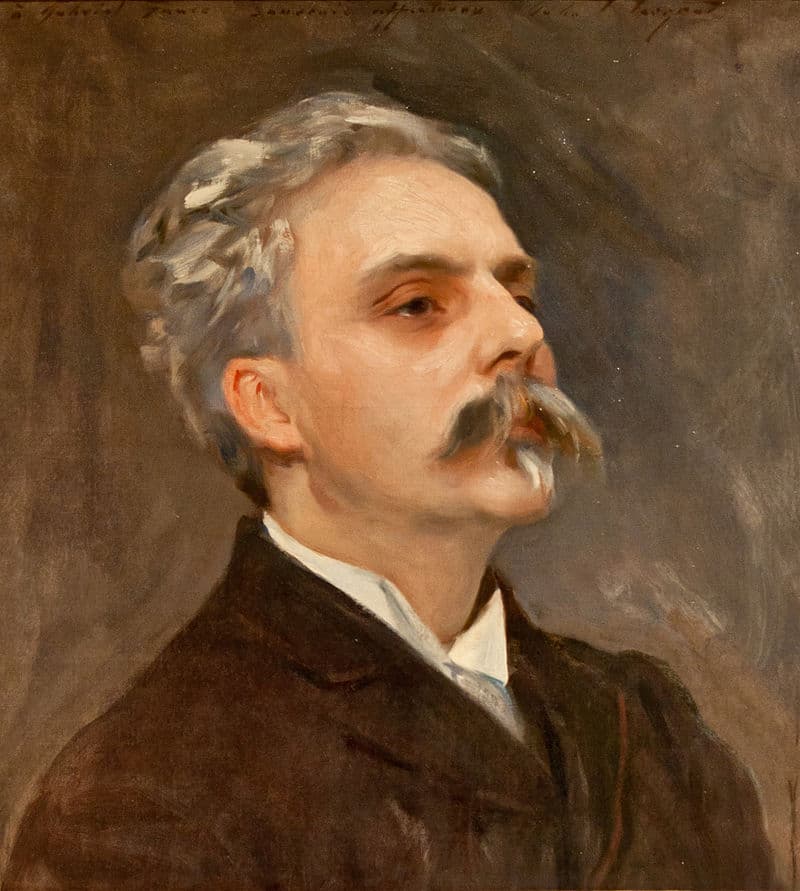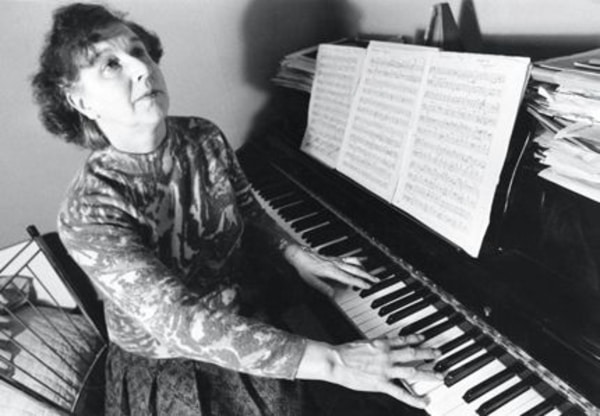by Emily E. Hogstad, Interlude
All of these sounds, sights, and feelings have inspired composers to create music that continues to resonate with audiences today.
All aboard as we chug through fifteen pieces of classical music about trains!
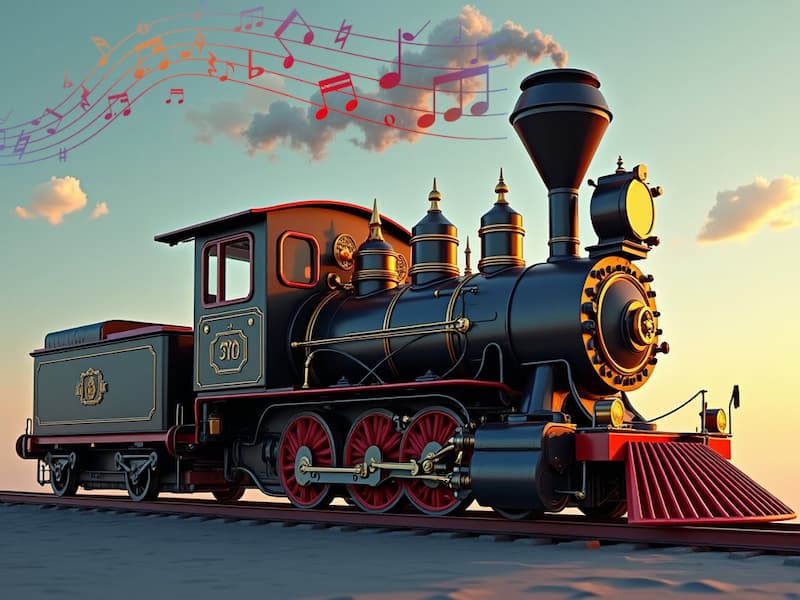
Eisenbahn-Lust Waltz by Johann Strauss I (1836)
Johann Strauss I (the father of the composer of The Blue Danube) was a well-known composer and orchestra leader who wrote many pieces for various dances and celebrations.
In 1836, he wrote this ebullient waltz (which translates into “Train Ride Fun”) to celebrate the construction of early railroads. They were just beginning to connect communities near Vienna to the city proper.
Mikhail Glinka: Travelling Song from A Farewell to Saint Petersburg (1840)
This work comes from a larger suite of works called A Farewell to St. Petersburg.
Glinka was going through a tough patch at the time, as his marriage was disintegrating (his wife would ultimately leave him for another man). He poured some of his personal feelings about turmoil and transition into this set of songs.
The frantic Travelling Song takes inspiration from the perpetual motion of steam locomotives – and probably the composer’s desire to escape his difficult circumstances!
Charles-Valentin Alkan: Le Chemin de Fer (1844)
Charles-Valentin Alkan was once viewed as one of the greatest pianists of the nineteenth century, but after being passed over for a prestigious teaching position at the Paris Conservatoire, he largely withdrew from public life.
Today, he is best known for his personal eccentricity and the wonderfully original and staggeringly challenging piano music he left behind.
Although Strauss and Glinka’s works came earlier, this is the first work to graphically portray the sounds and motions of a train. It’s sometimes characterized as banal, but no one can deny that it’s fun!
Hector Berlioz: Le Chant des chemins de fer (1846)
Le Chant des chemins de fer translates into Railroad Song.
Somewhat amusingly to modern ears, it’s a whole cantata for orchestra and voices dedicated to glorifying the French railroad (as well as a celebration of the labour of all those who made its construction possible).
The occasion of its composition was the opening of the Gare de Lille, the main railroad station in Lille, France.
Berlioz wrote this work over the course of three nights for the money. He wanted a cannonade to go off in the final chords for maximum drama, but unfortunately, one couldn’t be located in time for his grand artistic vision.
Hans Christian Lumbye: Copenaghen Steam Railway Galop (1847)
Here’s another work composed to celebrate the opening of a railroad. This time, it was the opening of the first railroad in Denmark, which ran between Copenhagen and Roskilde.
Lumbye, a well-known composer of light music, pulled out all the train-based stops here. A bell clangs; whistles go off; percussion instruments unite to imitate the huff and puff of a steam-powered train rushing off to its new destination.
Lustfahrten, Walzer by Eduard Strauss (1879-80)
Like father, like son! Eduard Strauss, like his father Johann Strauss I, also wrote a work to honour the railroad, this one called Lustfahrten, or “Pleasure Trips.”
It was dedicated to the “Comité des Eisenbahnballes” (The Railway Ball Committee). Presumably, every attendee present found it transporting.
The Great Crush Collision March by Scott Joplin (1896)
Here’s one of the stranger entries on this list.
In 1896, a man named William George Crush, an agent with the Missouri–Kansas–Texas Railroad decided it would be a good idea to get rid of two of the railroad’s old locomotives by staging a massive trainwreck and selling train tickets to transport eager spectators directly to the scene of the crash.
A bespoke temporary town was built to accommodate the expected crowds. In the end, forty thousand people showed up!
Unfortunately, the crash turned into a disaster. The locomotives’ boilers exploded on impact, and two spectators died in the aftermath.
This extraordinary event was memorialized by up-and-coming composer Scott Joplin, who wrote a strangely upbeat piano piece portraying the deadly disaster.
Of special note are the notes he wrote in the score: “the noise of the trains while running at the rate of ninety miles an hour” and “the collision” (marked fortissimo, of course).
Pacific 231 by Arthur Honegger (1923)
French composer Arthur Honegger was obsessed with trains. “I have always loved locomotives passionately,” he wrote. “For me, they are living creatures, and I love them as others love women or horses.”
So it makes sense that one of his first big successes was Pacific 231, an imaginative orchestral work that gives the impression of an ever-accelerating train.
It’s easy to tell from moment to moment what stage of its journey the train is in. Six boisterous minutes in, the train decelerates and arrives safely at the station.
Charles Ives: The Celestial Railroad (ca 1924)
New England composer Charles Ives based his piano work The Celestial Railroad on the work of another New Englander: Nathaniel Hawthorne, and his short story of the same name.
In Hawthorne’s story, the narrator takes a train from the city of Destruction to the Celestial City. He begins talking with Mr. Smooth-It-Away, who is an expert on all things Celestial City, despite having never been there before. The story ends with Mr. Smooth-It-Away revealing his true form as a kind of demon. Luckily, in the end, it turns out to be a dream.
This work satirises the utopian and religious movements common in Hawethorne’s day, and Ives clearly enjoyed exploring the story’s themes in his own music.
When Ives wrote his fourth symphony, he adapted The Celestial Railroad into the symphony’s second movement.
Vladimir Deshevov: Rails (1926)
There’s not a lot of information available online about composer Vladimir Deshevov besides the fact that he was born in 1889 and died in 1955.
However, this evocative fleeting portrait of a speeding train deserves a spot on this list, anyway!
Heitor Villa-Lobos: The Little Train of Caipira from Bachianas brasileiras No. 2 (1930)
Translated into rough English, “Bachianas brasileiras” means “Bach-inspired Brazilian pieces.”
Brazilian composer Heitor Villa-Lobos wrote a series of them, combining the European classical tradition with folk music influences from South America.
The finale of the second Bachiana Brasileira is called The Little Train of the Caipira. (A caipira is a person from a more rural area in Brazil.)
This piece follows the caipira’s journey through the countryside of Brazil. It’s up to listeners to decide what happens once the train decelerates and pulls into the station.
Benjamin Britten: Night Mail (1936)
In 1935, British directors Harry Watt and Basil Wright created a twenty-minute documentary about the distribution of mail in Britain. It may have been an unassuming subject, but the work turned into a classic.
Poet and author W.H. Auden was involved with the production and wrote poetry for it. Meanwhile, his creative partner, composer Benjamin Britten, wrote the score.
The two men fused their efforts in this unusual spoken-word piece featuring both Auden’s poetry and Britten’s music.
Bohuslav Martinů: Le Train Hanté (1937)
Czech composer Bohuslav Martinů wrote Le Train hante, or The Haunted Train, in 1937 for that year’s World Exhibition in Paris.
The work isn’t about passenger trains but rather an amusement park train ride, which explains the music’s manic, fairground-like qualities.
Steve Reich: Different Trains (1988)
Steve Reich’s Different Trains was inspired by the fact that, as a Jewish American boy born in 1936, Reich often took train rides across the country to see his relatives. Once he got older, he realised that if he’d been born in Europe at the same time, he might have been forced to ride a train to another destination: a concentration camp.
The work is scored for string quartet and tape. The tapes include interviews with Americans reminiscing about their train journeys and Europeans describing their experiences on trains during the Holocaust. The sounds of sirens, whistles, trains, and even a string quartet were also recorded and woven into the music.
Ian Clarke: The Great Train Race (1993)
Composer Ian Clarke describes this train-inspired showstopper for flute-like so:
Techniques include residual/breathy fast tonguing, multiphonics, singing & playing, lip bending, explosive harmonics and an optional circular breathing section. A forward with explanations of the techniques is given along with fingerings in the score for easy reference. The multiphonics used are of the more friendly variety; seven from only four different fingerings.
It is astonishing to hear how a talented flutist can evoke an entire train with no other instruments present!
Conclusion
These fifteen pieces of classical music about trains have taken us on quite a musical journey. We hope you’ve enjoyed it. Mind the gap as you disembark onto the platform!
